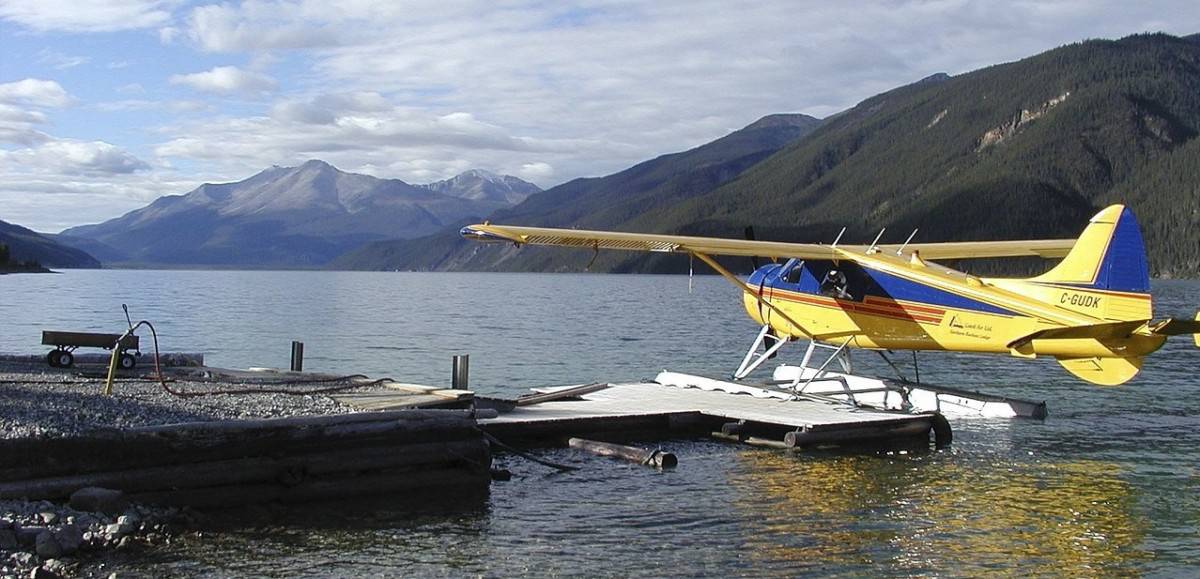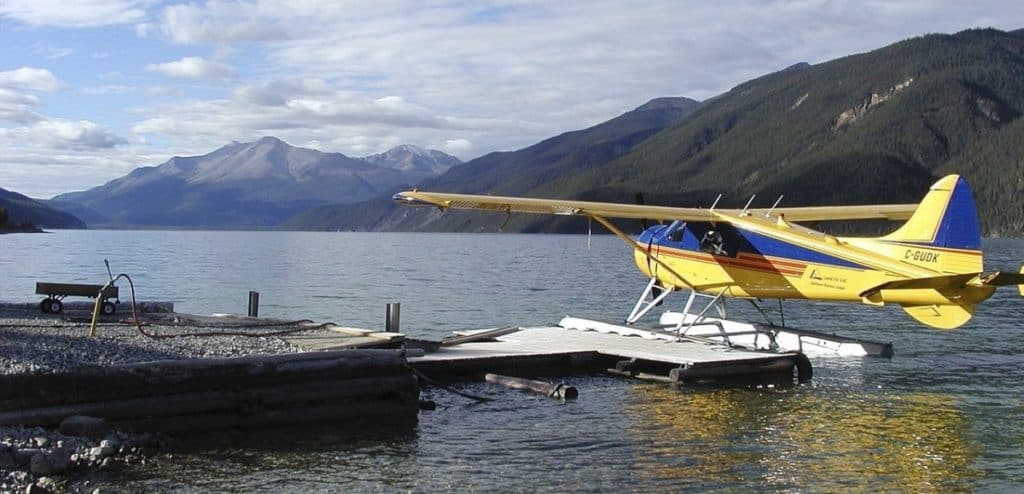
Taking a flight into Mexico, Canada, or further can be a great experience and one that I highly recommend every pilot puts on their bucket list. But without the correct knowledge, paperwork, and compliance, that trip could turn into a memorable event for the wrong reasons!
Any person crossing the US border in an aircraft needs to pass through customs of some form, have the correct paperwork already completed and filed, and have on their person a valid passport. Without all these that person could face serious problems with Customs & Border Protection.
Traveling across the border in any aircraft is an easy process and is done daily by dozens and dozens of aircraft with no problems provided you follow the process for each country.
This article is to be used as a guide and you are responsible for checking the latest requirements for your travel before you depart. Read on to find out what is needed when crossing each border…
Customs When Flying Into Canada
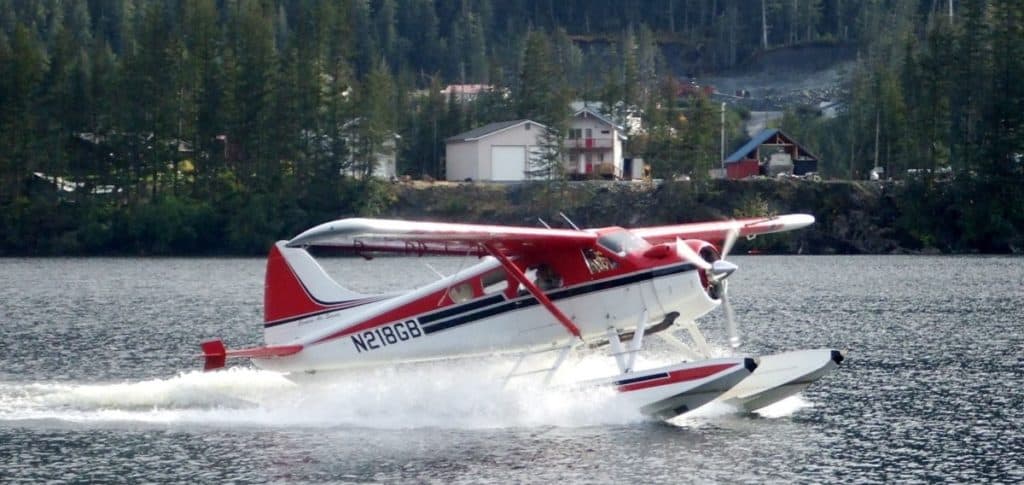
When flying north to Canada or transiting through Canada to Alaska the process is fairly simple. Any aircraft whether being flown privately, for business, or for charter needs to abide by the following procedure to lawfully enter into Canada.
Here is what the pilot of the aircraft needs to do:
- They will need an eAPIS Account if they do not have one already. eAPIS stands for Electronic Advance Passenger Information System and is run by the US Customs & Border Protection Services. It allows the pilot to enter the crew and passenger details of their intended flight across the border. See link at the end of the article
- Register all crew members and passengers on eAPIS at least 1 hour prior to departure
- Wait for ‘Cleared For Departure’ confirmation email from eAPIS
- The pilot must call the Canadian CBSA (Canada Border Services Agency) Telephone Reporting Centre (TRC) at 1-888-226-7277 or 905-679-2073 at least 2 hours before, but no more than 48 hours prior to arriving in Canada to gain authorization for the flight
- File a flight plan with the FAA
- Ensure all crew and passengers are eligible for entry into Canada and everyone has valid passports on their person. Driving Licenses will not be accepted
- Ensure the pilot has a valid pilots license, medical certificate, and aircraft registration documents – See Not below
- The aircraft must land at an Approved Airport of Entry during Customs Hours of Operation. For a list of airports with hours of operation Click Here
- The flight must arrive within +/- 30 minutes of the authorized ETA. If the ETA needs to be amended the pilot must contact the TRC
- Close the flight plan with the local flight service station or by telephone to 1-866-WXBRIEF (1-866-992-7433)
- All crew and passengers are not permitted to leave the aircraft until met by a Customs Official or authorized over the telephone when reporting upon arrival
- All firearms, weapons, and money over $10,000 CAD must be declared to the CBSA. Some firearms and weapons may require additional documentation or be banned from entering Canada.
- Pay any applicable Airport Fees
Note:
Pilots with BasicMed medical certificates are not authorized to fly into Canada at this time. This includes transiting through to Alaska, even without planning to land.
U.S. recreational pilot certificates and sport pilot certificates are not recognized in Canada.
For more information see the Guide to Entering Canada for Pilots at the end of this article.

Join My Newsletter & Get Great Tips, Information and Experiences To Help You Become a Superb Pilot!
Customs When Flying into Mexico
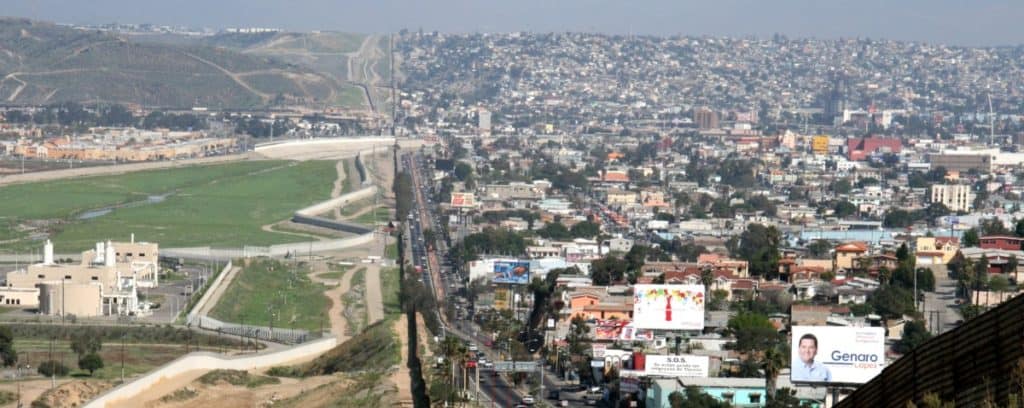
Flying down to Mexico or beyond will be a great experience but be sure to have all the requirements met so you do not get into trouble. With the amount of drug trafficking taking place, this is a border and a country that you need to get correct.
Here is what the pilot needs to do:
- Ensure all crew and passengers are eligible for entry into Mexico and have valid passports on their person. Mexican Tourist Visas can be obtained at the airport of entry
- Register all crew members and passengers on eAPIS at least 1 hour prior to departure
- Wait for ‘Cleared For Departure’ confirmation email from eAPIS
- File a flight plan with the FAA
- Ensure the pilot has a valid pilots license, medical certificate or BasicMed, and aircraft registration documents
- The aircraft must land at an Approved Airport of Entry during Customs Hours of Operation. For a list of approved airports Click Here
- Close the flight plan with the local flight service station in Mexico
- All crew and passengers are not permitted to leave the aircraft until met by a Customs Official
- Pay any applicable Airport Fees
Note:
Firearms are not permitted in to Mexico
Customs When Flying into the US
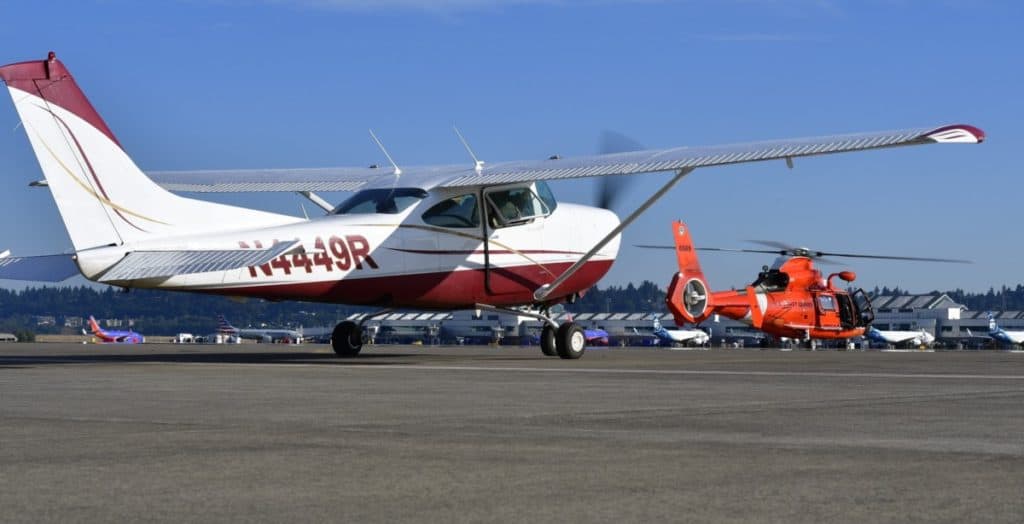
Even if you are a US citizen you cannot just fly back across the border without proper authorization and approval – Well you can, but you will be met by some of the country’s finest young jet pilots 😉
To return to the US the pilot must follow this procedure:
- Ensure all crew and passengers are eligible for entry into the United States and have valid passports and applicable visas on their person
- Ensure the pilot has paid for and received a CBP Annual User Decal and has it affixed within 18″ of the main aircraft entry door. If Decal is not received in time, proof of purchase with the Decal number will be sufficient
- Register all crew members and passengers on eAPIS at least 1 hour prior to departure
- Wait for ‘Cleared For Departure’ confirmation email from eAPIS
- Contact the US Customs & Border Protection Agency at the intended Airport of Arrival to coordinate the aircraft arrival time at least 1 hour prior to departure – More time is advisable!
- File a Flight Plan with the Flight Services of the country the pilot is currently in
- The aircraft must land at an Approved Airport of Entry during Customs Hours of Operation. For a list of airports with hours of operation Click Here
- The flight must arrive within +/- 10 minutes of the authorized ETA. If the ETA needs to be amended the pilot must contact US Customs at the intended airport of entry
- Taxi the aircraft to the Designated Customs Box on the apron or dock if in a floatplane
- Close the flight plan with the local flight service station or by telephone to 1-800-WXBRIEF (1-800-992-7433)
- All crew and passengers are not permitted to leave the aircraft until met by a Customs Official
- Pay any applicable Airport fees
For more information see the Guide to Entering the US for Pilots at the end of this article.
Learn More…
Try These Articles:
* Can Children of All Ages Go in a Helicopter or Small Plane?
* Ear Popping: What Techniques Do Pilots Use To Cope?
To Finish
Flying across any international border requires all passengers to pass through Customs & Immigration. The aircraft in which those passengers transit is of no consideration. It is the passengers that are required to present themselves.
The process to enter a country is quite simple but as the PIC, the pilot must ensure their aircraft meets the necessary standards for operating in the destination country, has applicable charts, maps, procedures, and frequencies. It is also advisable to have a copy of interception procedures close to hand in the cockpit just in case, that way the ‘Poo Factor’ will be slightly reduced if you find yourself being waved at from a military jet!
A few other things to be aware of are that holders of a Student Pilot Certificate are not permitted to cross an international border and children traveling with only one parent must have a notarized statement of approval from the absent parent stating the dates of the trip. Another aspect that needs particular attention is to ensure any aircraft insurance covers cross-border travel, especially to the country you intend to fly to. Theft or damage to an uninsured aircraft is really going to lead to a horrible trip!
Useful Resources:
To help you plan for any international trip you may find these links helpful:

